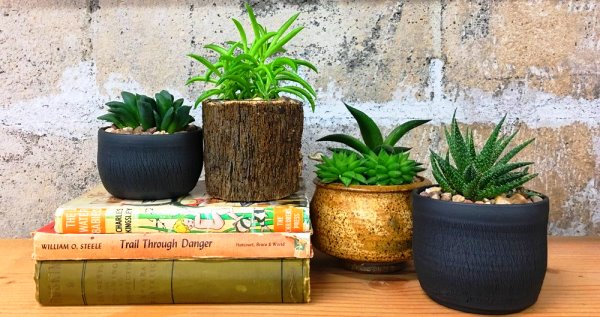
Plants Breathe Through: Most plants breathe during the day, giving off oxygen while taking in carbon dioxide. There aren’t many plants that look like this. CAM plants are what you call them. They breathe at night, but no one knows if they give off oxygen or not.
Crassulacean acid metabolism (CAM) plants use an enzyme to fix CO2 at night when it’s dark. These plants take in carbon at night when there is a lot of it because there are no other photosynthetic organisms around to compete with them. Almost all studies have shown that plants don’t give off oxygen at night.
Acid metabolism in crassulacean has changed over time, mostly in semi-arid and subtropical environments, and is thought to be an adaptation to low and sporadic water availability. (Ellenberg, 1981; Ting, 1985; Winter & Smith, 1996).
Crassula ovata
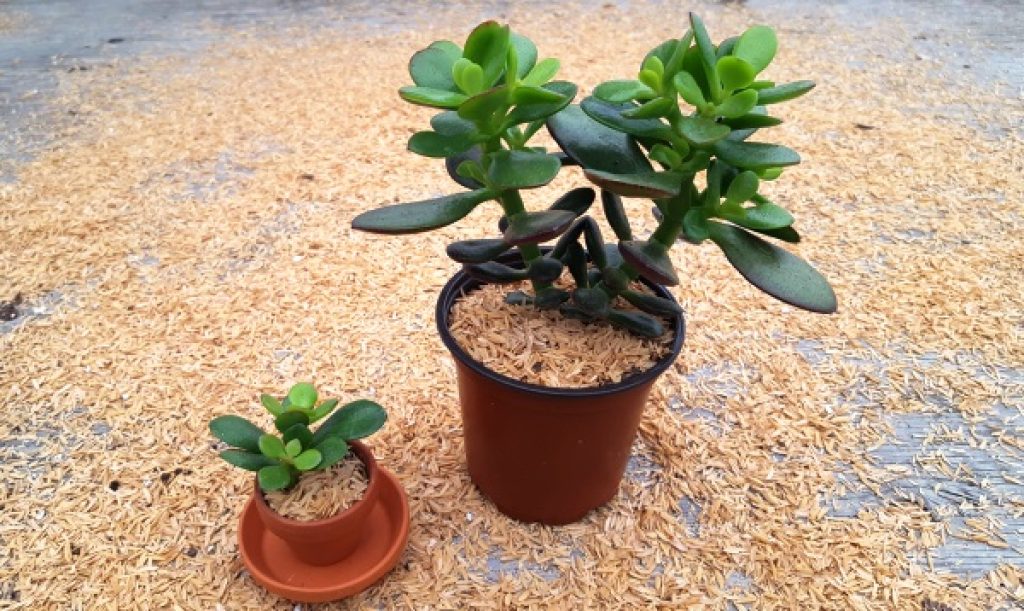
It is a succulent plant that is often called a jade plant, friendship tree, lucky plant, or money tree. It can live in most conditions inside. Closed stomata stop plants from losing too much water during the day when they sweat too much. This is the only way to stay alive in the desert.
Also, Read- Get a pair of Samsung Galaxy Buds 2 for only $95
Opuntia
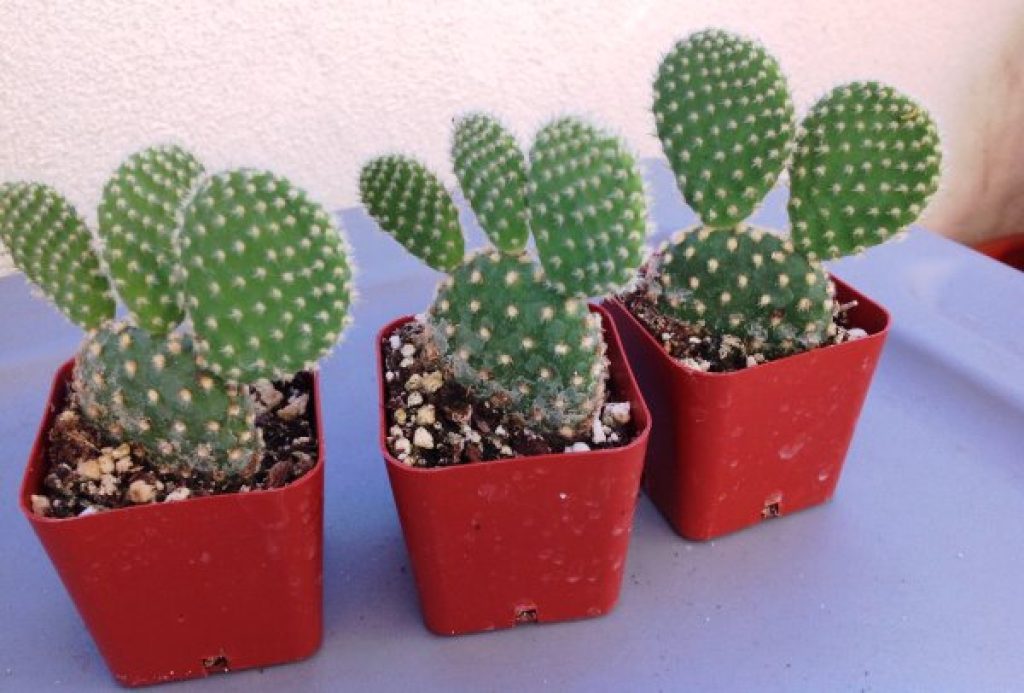
Almost everything about these succulents is the same as the other succulents. Opuntia is a large group of cacti that grow in many different places. Most of the time, these plants can be planted outside. They take in the most CO2 and make room for oxygen.
Echeveria
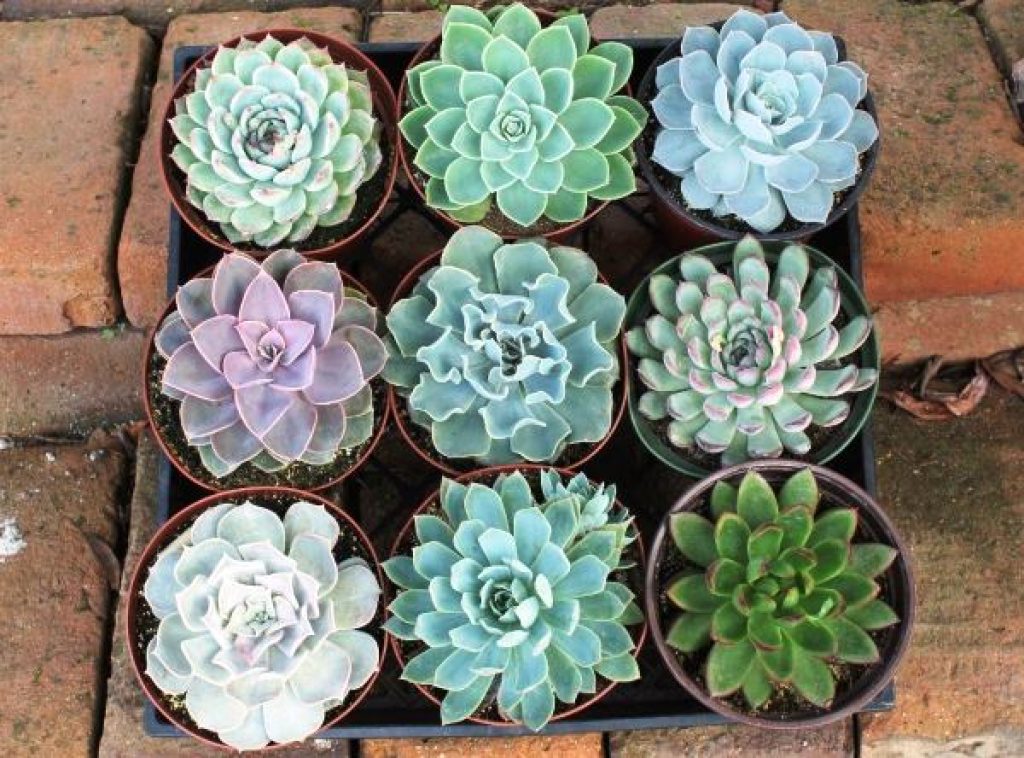
These plants may or may not lose their leaves. Many types of Echeveria are popular as garden plants that look nice. These also use CAM photosynthesis, or Crassulacean Acid Metabolism, to make food. At night, they take in carbon dioxide.
Kalanchoe
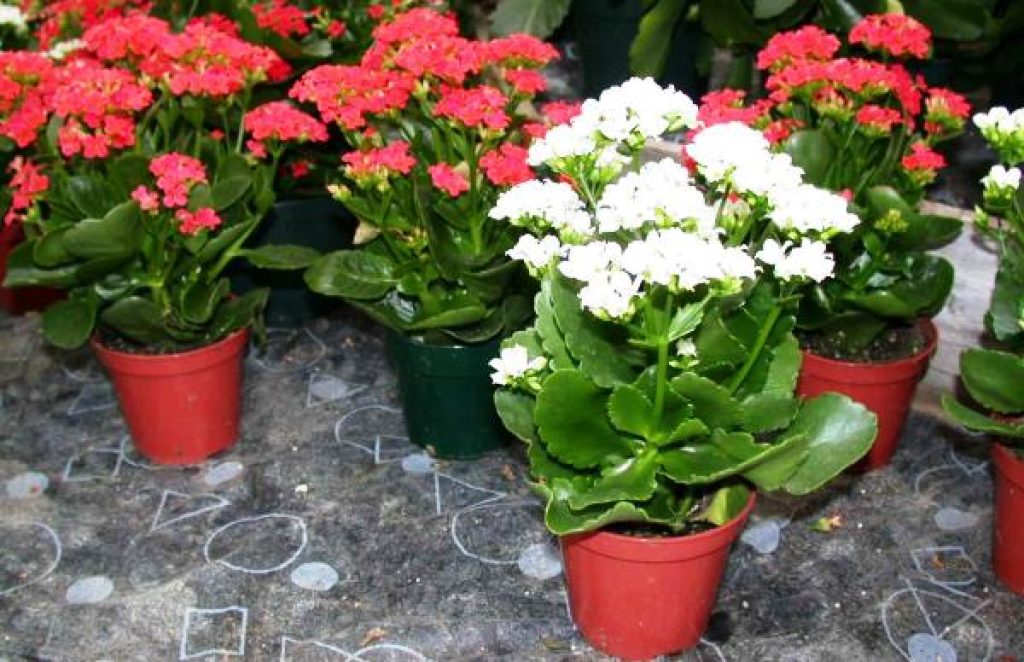
Most kalanchoes are shrubs or perennial herbaceous plants, but some are annual or biennial. These plants are grown as houseplants and rock or succulent garden plants for their looks. Also, these plants use CAM and take in CO2 at night.
Sedum
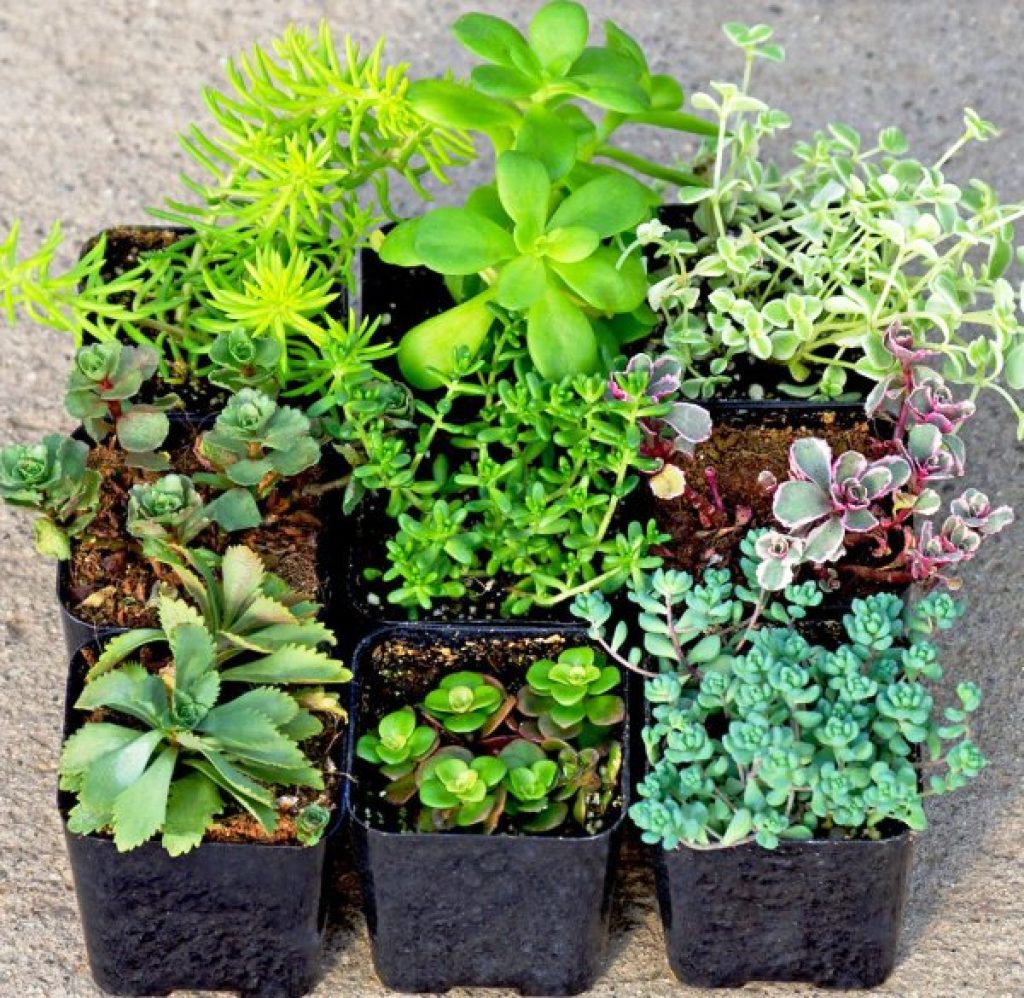
Sedum is a large genus of flowering plants in the family of Crassulaceae. These plants are called “stone crops.” The leaves of the plants can hold water. They are grown in gardens because of how interesting and pretty they look and how hardy they are. The CAM is especially obvious in leaves.
Bryophyllum
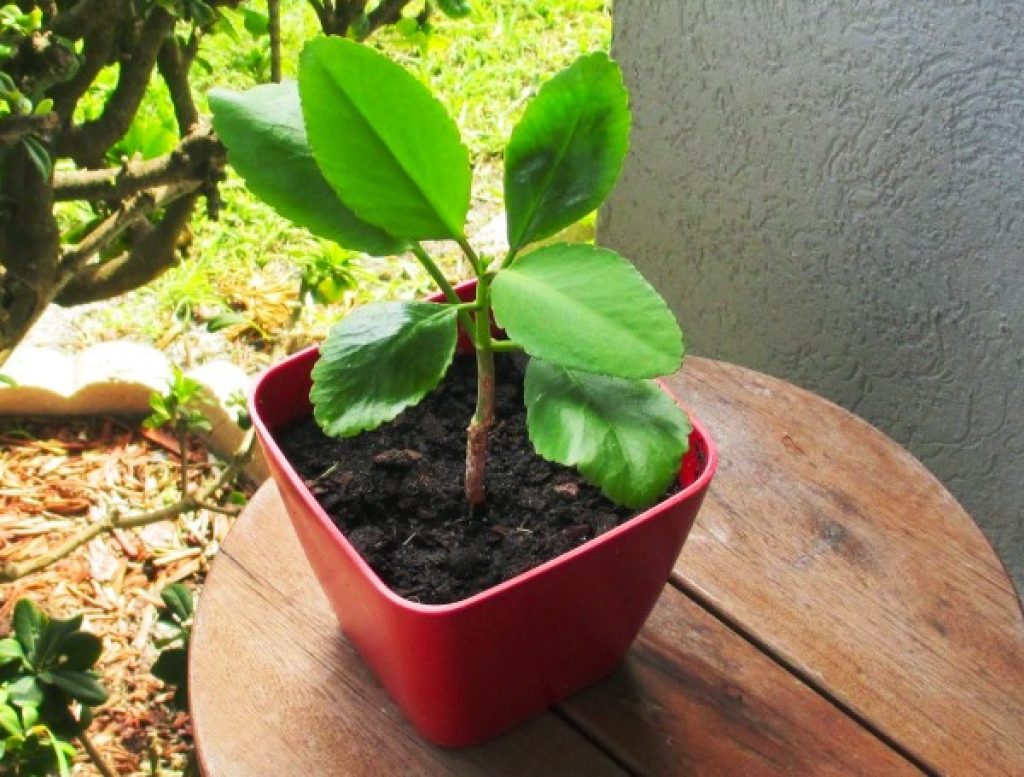
Bryophyllums have spread to many parts of the tropics and are grown on purpose because they look nice and have interesting ways of reproducing. Small copies of the mother plant, called plantlets, grow along with it. It is grown in India’s gardens. During the time of darkness, CO2 fixation goes up slowly.
Hoya kerrii
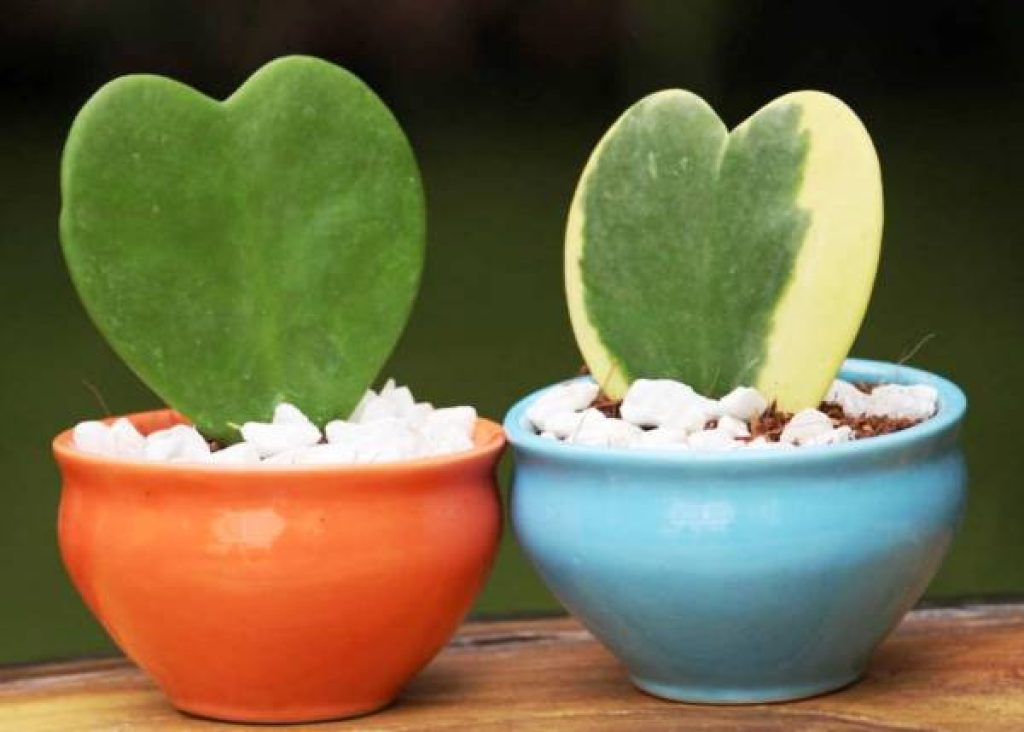
Hoya has heart-shaped leaves. It is a succulent plant that grows up. Most gardeners sell young plants that have a unique leaf shape, like a heart, and are grown in a pot. They grow in water. With this plant, a few other Hoya species also clean the air at night by taking in carbon dioxide.






